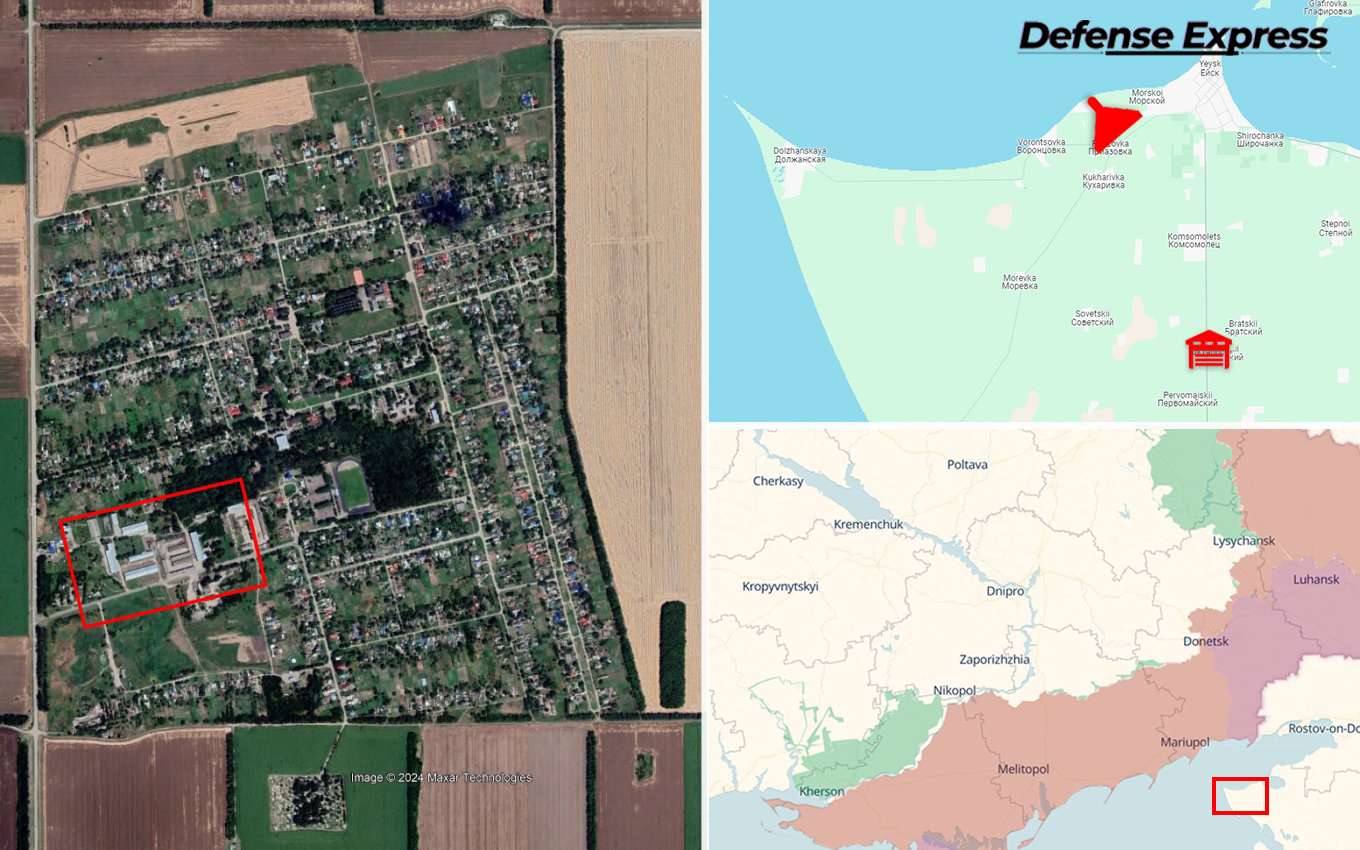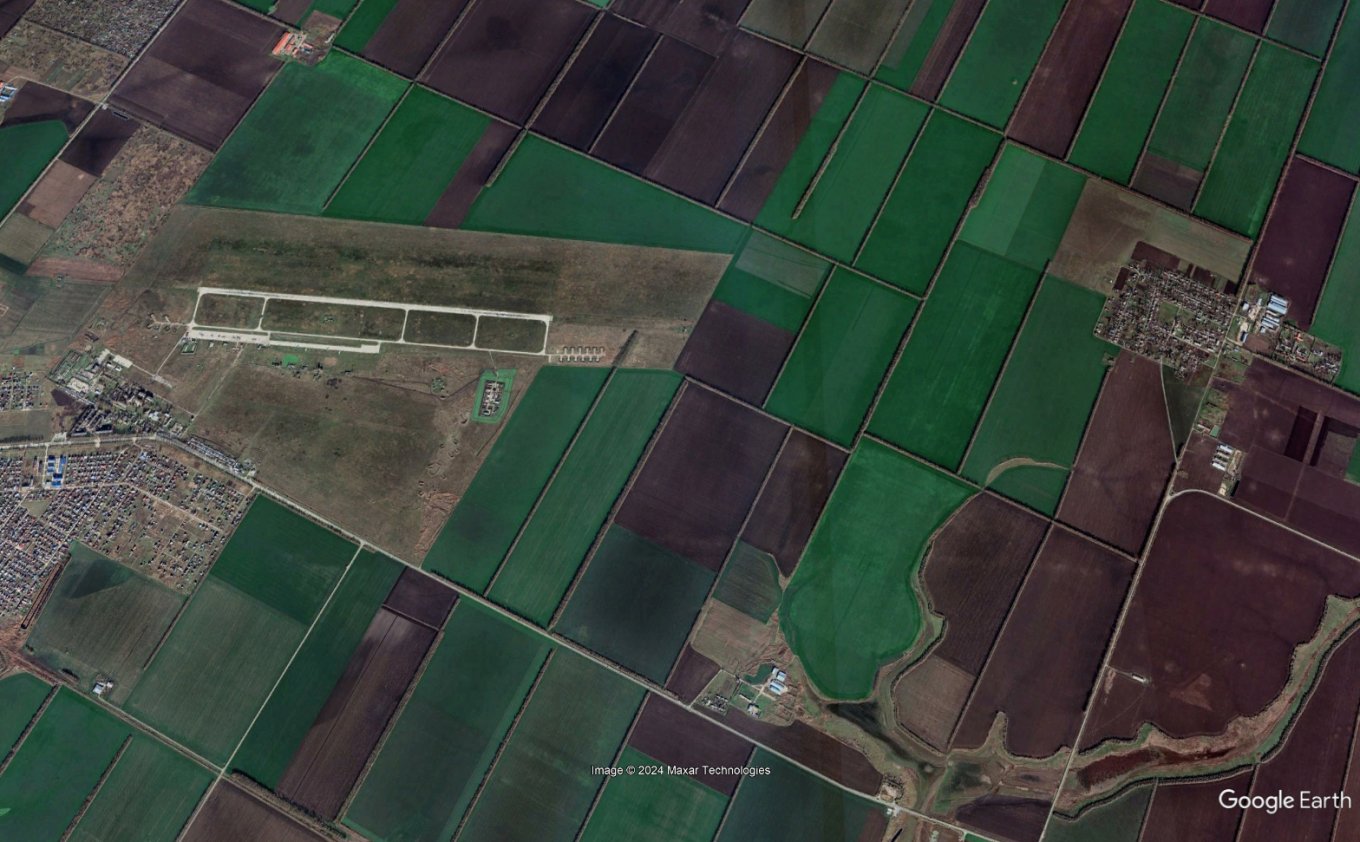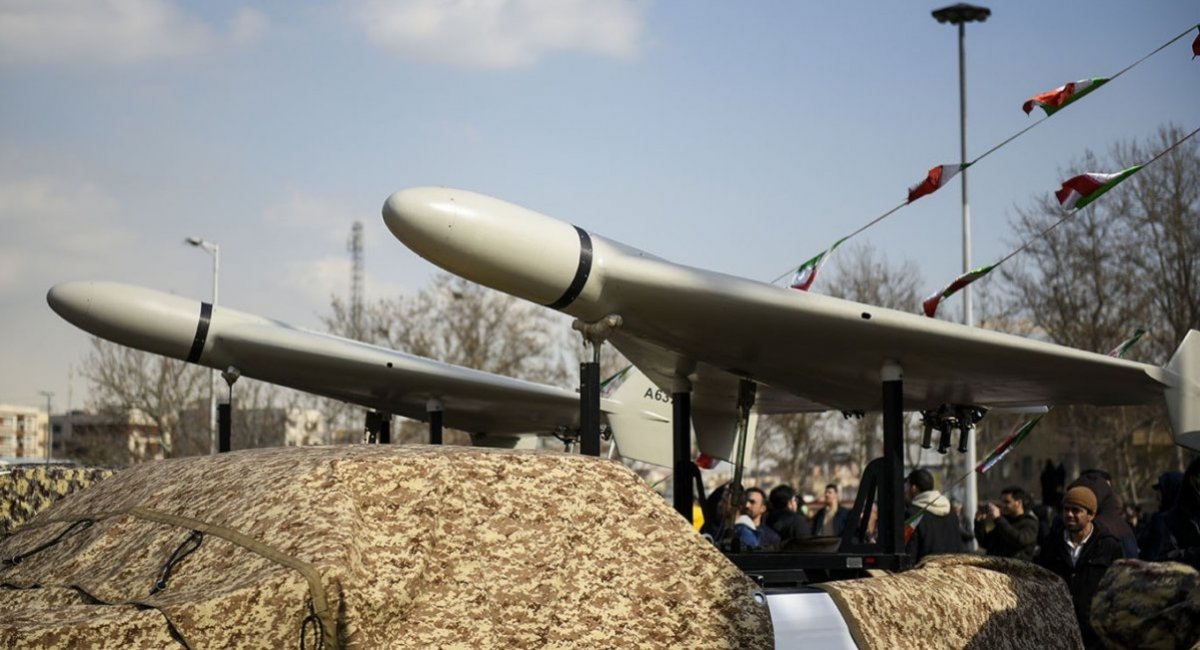Wednesday, September 9th, Ukrainian Defense Forces launched an attack destroying approximately 400 russian Shahed-136 drones stored in a warehouse in Oktyabrskoye, Krasnodar region, russia.
The General Staff of the Ukrainian Armed Forces confirmed that the Ukrainian Navy participated in the strike, suggesting that a Neptune missile was used — an originally anti-ship missile revamped for striking ground targets. Ukraine first publicly acknowledged this capability after the May 3rd, 2024 attack on the Kavkaz Port.
Read more: russian Drone Manufacturer Alabuga Produces 6000 Shahed Drones One Year Ahead of Schedule, Signaling a New Phase of War in Ukraine's Skies
Ukrainian R-360 Neptune cruise missiles reportedly destroyed Russian Shahed UAV storage facility in Krasnodar.Ukrainian Army says 400 UAVs were destroyed. pic.twitter.com/kg9sZk4fLg— Clash Report (@clashreport) October 9, 2024
With the destruction of the Shahed warehouse in Oktyabrskoye, a key question arises: where is the next potential target? Destroying them on the ground is much more efficient than intercepting them in the air. In terms of effectiveness, this tactic is second only to eliminating the production facilities in the Alabuga industrial zone deep within russia.
Notably, the destroyed warehouse was not located at the Yeysk air base, where the drones are launched, but 20 km away, in the middle of a settlement. This was not a specialized ammunition depot with safety measures, such as bunded containment or shelters, but a regular building in a populated area.

The reasons why russian forces chose this location for storing explosive drones are unclear, but it’s unlikely to be due to a lack of specialized warehouses, as these exist at every air base. Instead, this civilian-area storage practice mirrors tactics used by terrorist organizations like Hamas and Hezbollah, which exploit civilians as "living shields" against attacks.
The proximity of the warehouse to the launch site indicates similar infrastructure might exist near other Shahed-136 launch areas. According to Ukrainian Air Force Command reports, besides Yeysk, Shahed-136 drones are launched from Cape Chauda in occupied Crimea, Primorsko-Akhtarsk in Krasnodar Krai, and sites near Kursk and Orel.

All these locations are within 200 km of Ukrainian positions, well within the range of Ukraine’s long-range weapons. The main challenge is identifying the precise storage locations of these drones.
For instance, at Primorsko-Akhtarsk, while the Shahed-136 drones may be launched from the air base, the storage facility could be offsite — possibly tens of kilometers away and concealed in non-military buildings, like agricultural equipment storage areas.
In this scenario, the key issue is not finding the right weapon for the strike, but locating the exact target, especially given russia’s tactic of using civilians as shields for these drone storage facilities.

Read more: russia Halts Production of Su-57 Stealth Fighters














